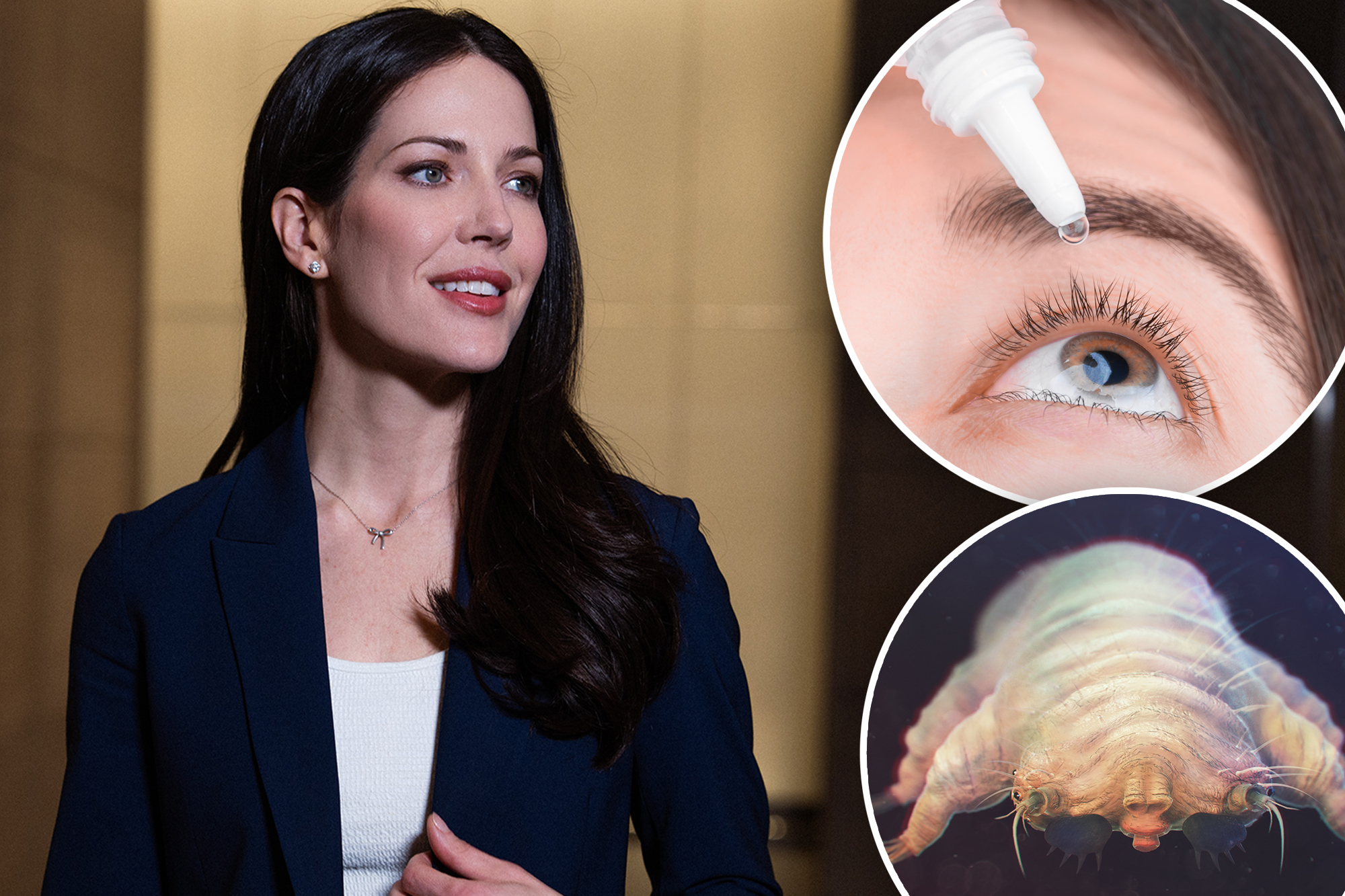Over 20 million Americans suffer from dry eye disease, a condition characterized by insufficient tear production or rapid tear evaporation. Various factors contribute to this condition, including dry air, wind, certain autoimmune diseases, medications like antihistamines, excessive screen time, vitamin A deficiency, and the use of contact lenses. Recently, Dr. Ashley Brissette, a board-certified ophthalmologist and eye surgeon at Kelly Vision in New York City, has identified an often-overlooked cause of dry eye: microscopic pests known as eyelash mites, or Demodex.
These eight-legged creatures reside in the hair follicles and sebaceous glands of the eyelashes and eyebrows. While they are typically harmless and found in nearly everyone, an overgrowth can lead to various eye problems. “An overgrowth of these mites, which feed off of the bacteria that lives on our lashes, can lead to conditions like blepharitis,” Dr. Brissette explained. This condition can cause inflammation, redness, dry eye, styes, and irritation.
Understanding Eyelash Mites and Their Effects
Eyelash mites, measuring up to 0.4 millimeters long, are a common presence on the human face. They reproduce while individuals sleep, making their presence largely unnoticed. While their existence is generally benign, they can become problematic under certain conditions. Factors such as a compromised immune system, certain skin conditions, and poor hygiene—like sharing towels or cosmetics—can lead to their proliferation.
The symptoms of an infestation include itchy, red eyes or eyelids, crusting on the eyelids, and even eyelash loss. Dr. Brissette noted, “The mites can cause distention of the eyelash follicle and cause natural lashes to fall out. This is the most distressing issue for most patients.” Chronic or recurrent styes, which can take weeks to resolve, are also a significant concern for those affected.
How Mites Contribute to Dry Eye Symptoms
The presence of these mites can disrupt the function of the meibomian glands, which produce the oily layer of the tear film essential for eye lubrication. As the mites proliferate, they can cause inflammation of the eyelids, leading to a reduced ability to keep the eyes properly lubricated. Dr. Brissette elaborated, “This leads to inflammation on the surface of the eye and a reduced ability to keep the eyes properly lubricated.” Consequently, this inflammation can impair tear production and reduce the eyelids’ ability to distribute tears evenly across the eye.
Individuals with dry eye often experience a range of discomforting symptoms, particularly during the summer months. Factors such as increased exposure to allergens, air conditioning, and environmental pollution can exacerbate these feelings. Common complaints include stinging or burning sensations, red eyes, blurry vision, and sensitivity to light.
Treatment Options for Dry Eye and Eyelash Mites
One effective treatment for managing eyelash mites is the prescription eye drop Xdemvy, typically administered twice daily for a duration of six weeks. In conjunction with this treatment, Dr. Brissette emphasizes the importance of daily eyelid hygiene. “You also need to be washing the eyelids daily with an eyelid-formulated cleanser,” she advised. This practice not only removes the mites but also eliminates the bacteria and debris they feed on, helping to prevent recurrence.
Dr. Brissette recommends using the Purifying Foam Cleanser from Daily Practice by Dr. B as part of this daily regimen. Maintaining eyelid cleanliness is crucial to mitigating dry eye symptoms and preventing the return of these tiny intruders.
Understanding the hidden factors contributing to dry eye can empower individuals to take proactive steps in managing their symptoms. With proper treatment and hygiene practices, it is possible to alleviate discomfort and improve overall eye health.
